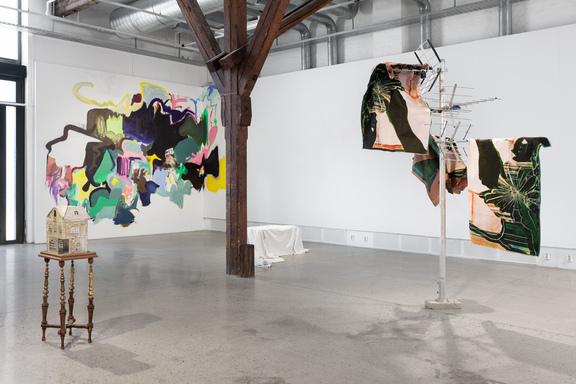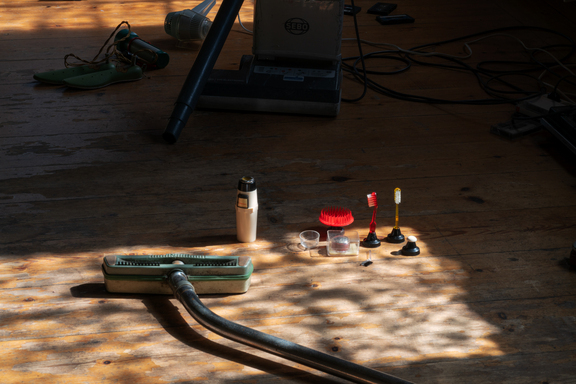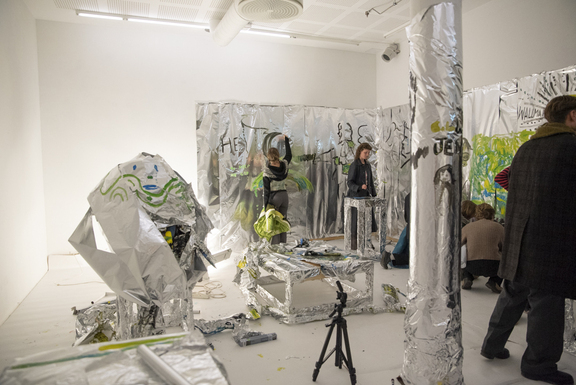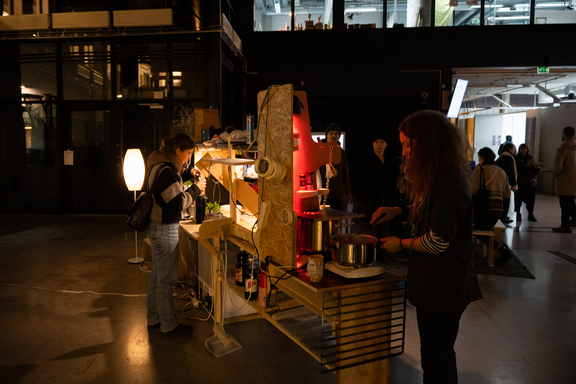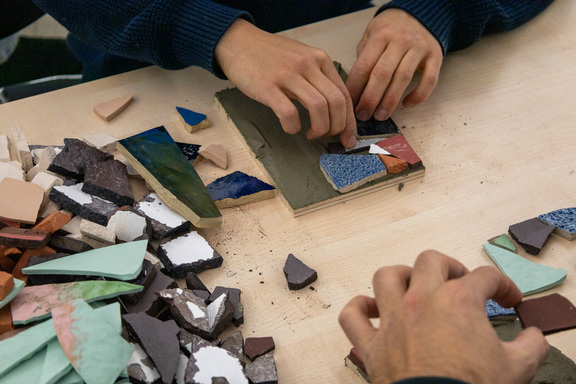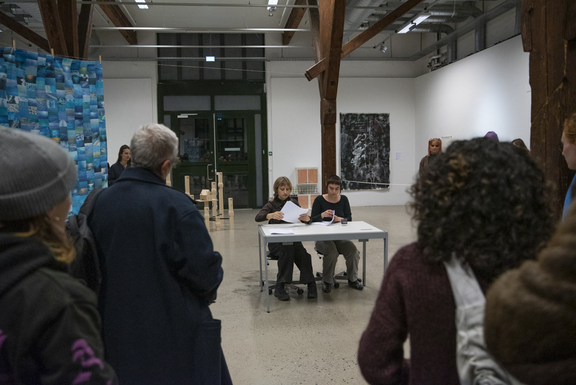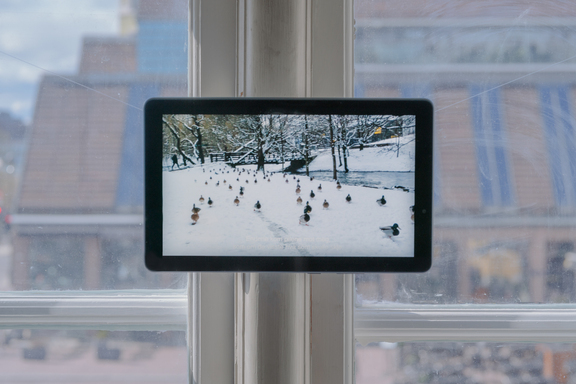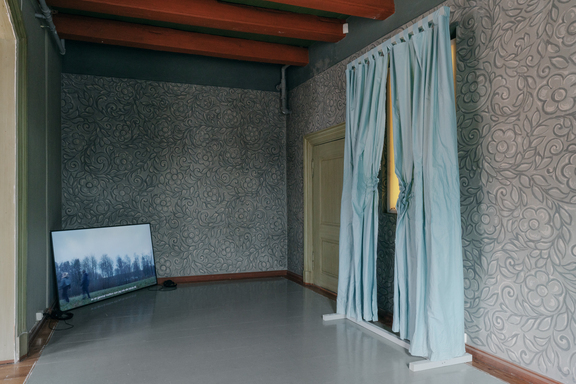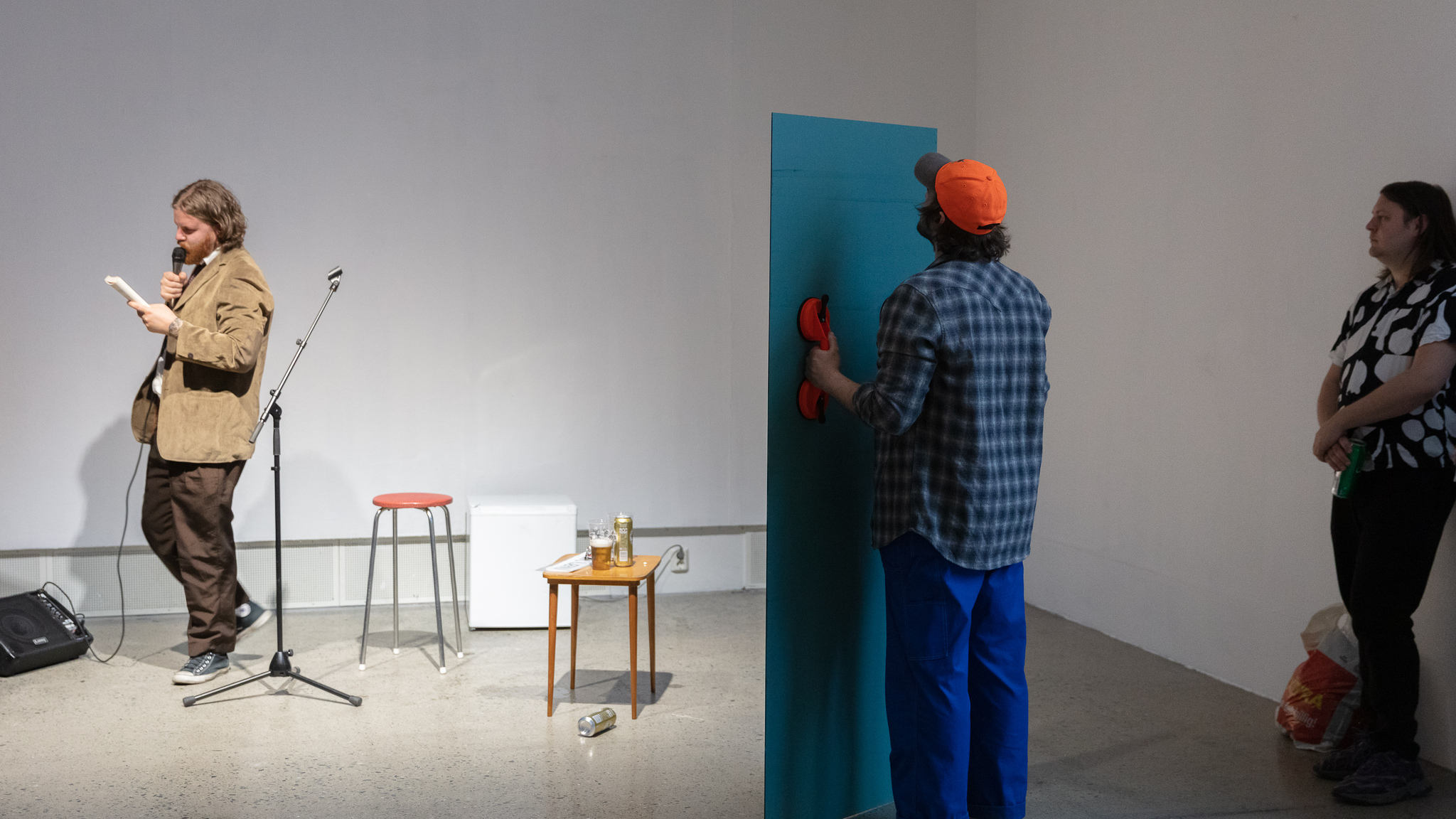

Bachelor’s in fine art (BFA)
The Bachelor of Fine Art (BFA) is a three-year degree program (180 ECTS) aiming to offer students the knowledge required to become an independent artist.
The Bachelor of Fine Art (BFA) training is a three-year programme leading to a concluding, single-subject degree, which aims to provide the student with sufficient knowledge to get established as an independent artist.
The BA starts with an intensive workshop aimed at developing creative and collaborative skills. For the rest of the first two years of the programme, the emphasis is on exploring and experimenting with processes, ideas, collaborations and various materials. In the third year the focus is primarily on developing and producing a graduation project. During the final year, the student compiles a portfolio of work that investigates the questions, ideas or topics of their choice, or the media and techniques they find most appropriate to their practice.
During the first four semesters, the student will engage in four main types of activity, each of which highlights a central aspect of artistic practice:
- independent practice, with a focus on studio work via individual supervision and group critique
- practical seminars/workshops, including courses and study trips addressing various themes
- theoretical seminars on a variety of topics, learning a critical vocabulary around the student’s own practice
- exhibition practice in the school’s galleries and external showrooms
Curriculum
Curriculum not available in English. Language of instruction is Norwegian.
Course Structure
| Course code | Course name | ECTS Credits |
|---|---|---|
| BK106 | Artistic Practice 1 | 20 |
| BK103 | Thematic Focus 1 | 6 |
| BK104 | Theory for Practice 1 | 4 |
| BK116 | Artistic Practice 2 | 20 |
| BK113 | Thematic Focus 2 | 6 |
| BK113 | Thematic Focus 2 | 6 |
| BK115 | Exhibition Practices 1 | 4 |
| Course code | Course name | ECTS Credits |
|---|---|---|
| BK206 | Artistic Practice 3 | 20 |
| BK203 | Thematic Focus 3 | 6 |
| BK205 | Exhibition Practices 2 | 4 |
| BK216 | Artistic Practice 4 | 20 |
| BK213 | Thematic Focus 4 | 6 |
| BK204 | Teori for praksis 2 | 4 |
| Course code | Course name | ECTS Credits |
|---|---|---|
| BK306 | Artistic Practice 5 | 20 |
| BK303 | Thematic Focus 5 | 2 |
| BK304 | Teori for praksis 3 | 4 |
| BK305 | Exhibition Practices 3 | 4 |
| BK316 | Artistic Practice 6 | 20 |
| BK315 | Exhibition Practices 4 | 6 |
| BK314 | Teori for praksis 4 | 4 |
Exchange
These exchange agreements are valid for bachelor’s in fine art (bfa):
Admissions
The application deadline was 02 April 2024. New application deadlines are announced early in the Autumn Semester.
About the Academy of Fine Art
Artistic practice – in the broadest sense – is at the heart of studies at the Academy of Fine Art. The academy’s roots are in a studio-based tradition of art making, as the basis for experimenting with new ways of making, discussing and exhibiting art. Working across a variety of media, materials and approaches, our students explore what it means to be an artist in the twenty-first century.
